Every dog parent knows that feeling – you’re watching your furry companion, and you just know they’re trying to tell you something important. Maybe it’s that intense stare while they’re sitting by the door, or the way they paw at your leg with such determination. The truth is, your dog is constantly communicating with you, using a sophisticated language of body movements, sounds, and behaviors that goes far beyond simple barks and tail wags.
Understanding your dog’s communication isn’t just about being a better pet parent – it’s about building a deeper, more trusting relationship with your four-legged family member. When you learn to read their signals, you can respond to their needs before small concerns become bigger problems, and you’ll discover just how much your dog has been trying to share with you all along.
The Tail-Wagging Truth That Might Surprise You
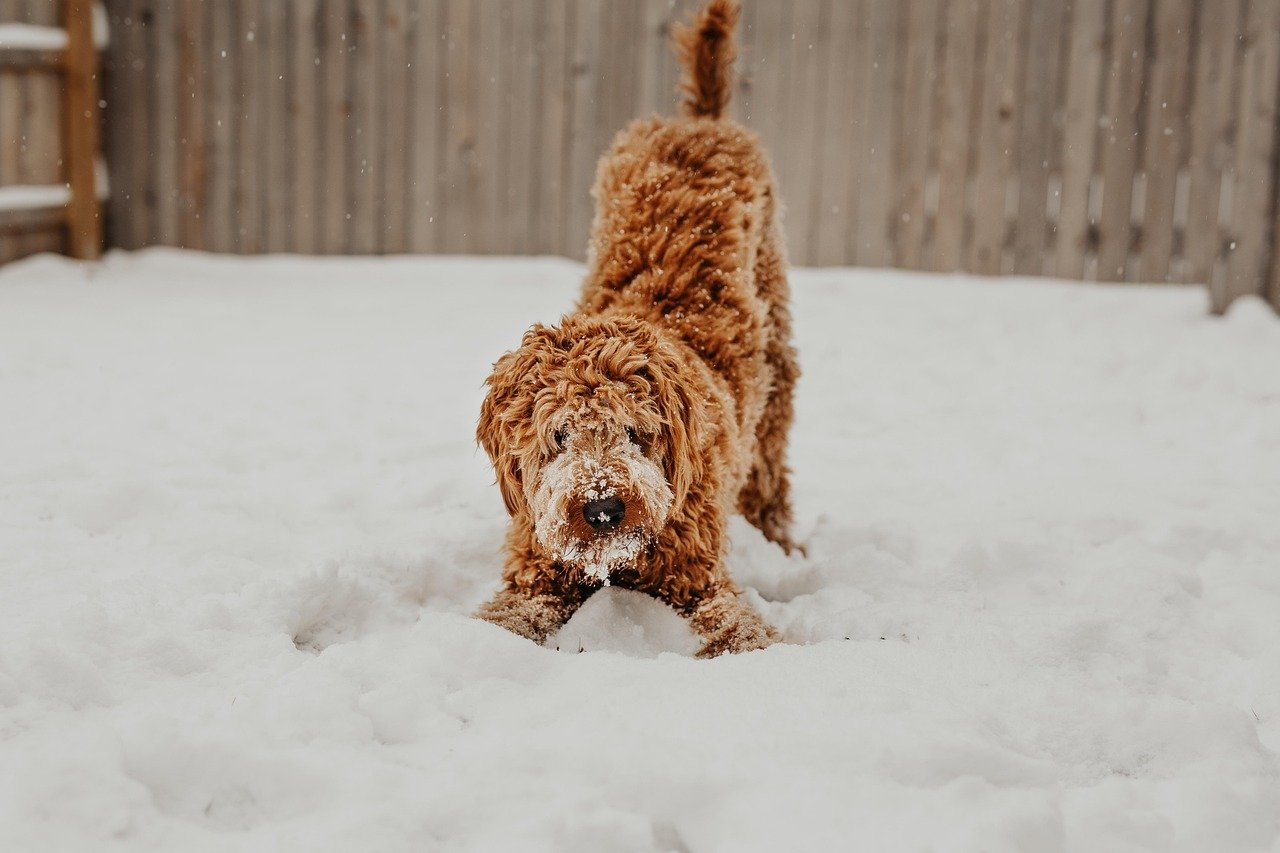
Here’s something that might catch you off guard – that wagging tail doesn’t always mean your dog is happy. The position and movement of your dog’s tail is actually one of their most expressive communication tools, but it’s more nuanced than most people realize.
The higher the tail, the more assertive the dog, while dogs with their tails pointing down to the ground or tucked between their legs are feeling fear and stress. When your dog’s tail is held high like a flag, they might be feeling confident or even potentially aggressive, especially when paired with other warning signs.
What about that circular wagging motion? If your dog is wagging its tail in a circle, it is showing you that it is very happy and joyful. But pay attention to the speed and stiffness too – a fast, stiff wag can indicate arousal or agitation, while a loose, flowing wag typically signals genuine happiness and relaxation.
Those Mysterious Whale Eyes Are Calling for Help
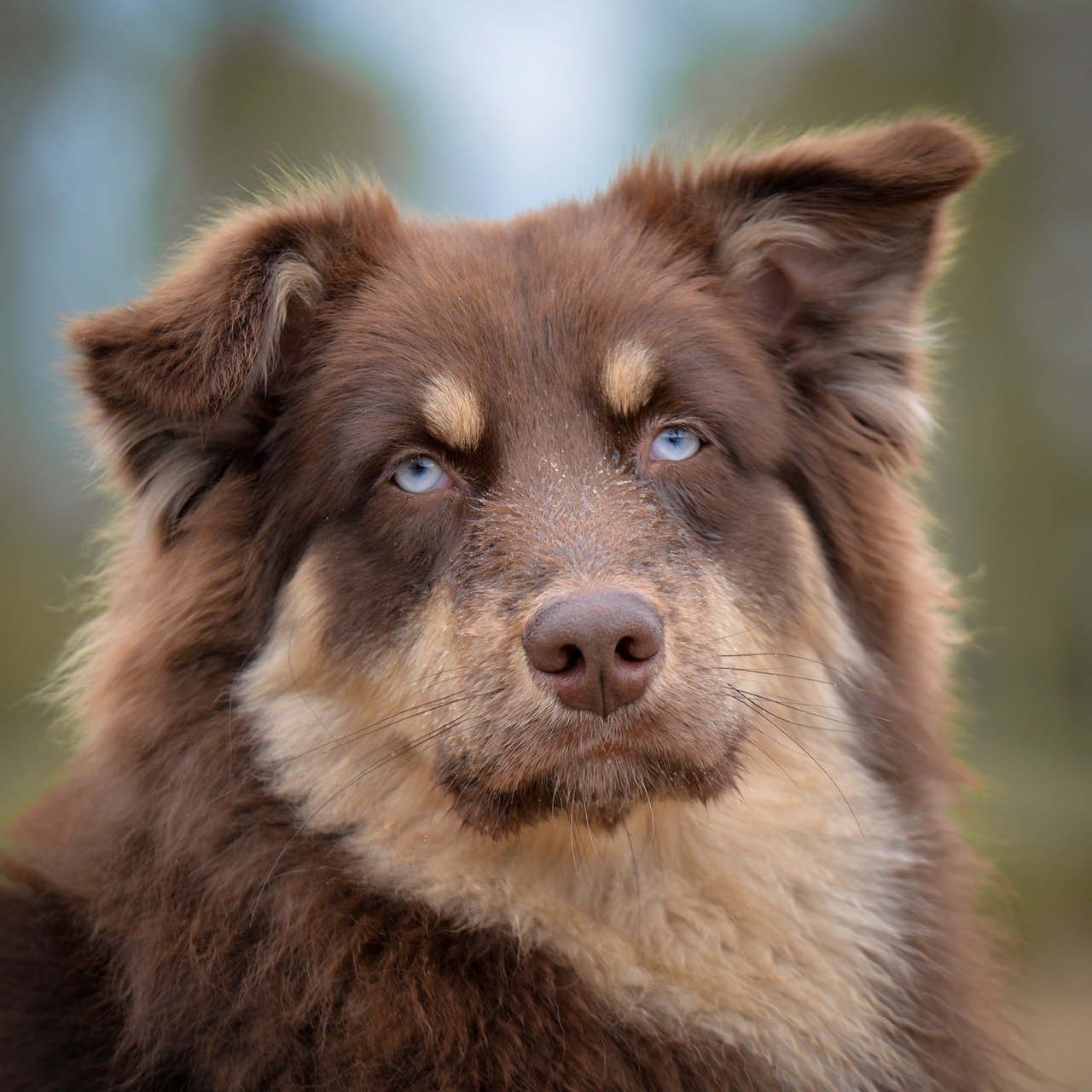
Have you ever noticed your dog showing the whites of their eyes, looking almost sideways at you? Known as “whale eye,” when a dog shows the whites of the eyes, it’s a signal that they are feeling anxious or stressed in a situation. This isn’t your dog being dramatic – it’s a genuine distress signal that many pet parents miss.
You might see them when you make your dog uncomfortable, like when you pat your dog on the head, or when they’re afraid someone will steal a bone or toy. Think of it as your dog’s way of saying “I’m not comfortable with this situation, but I don’t want to escalate things.”
When you spot whale eye, it’s time to give your dog some space and assess what might be making them feel uneasy. This simple recognition can prevent your dog from feeling the need to use more dramatic communication methods like growling or snapping.
The Subtle Art of Paw Raising
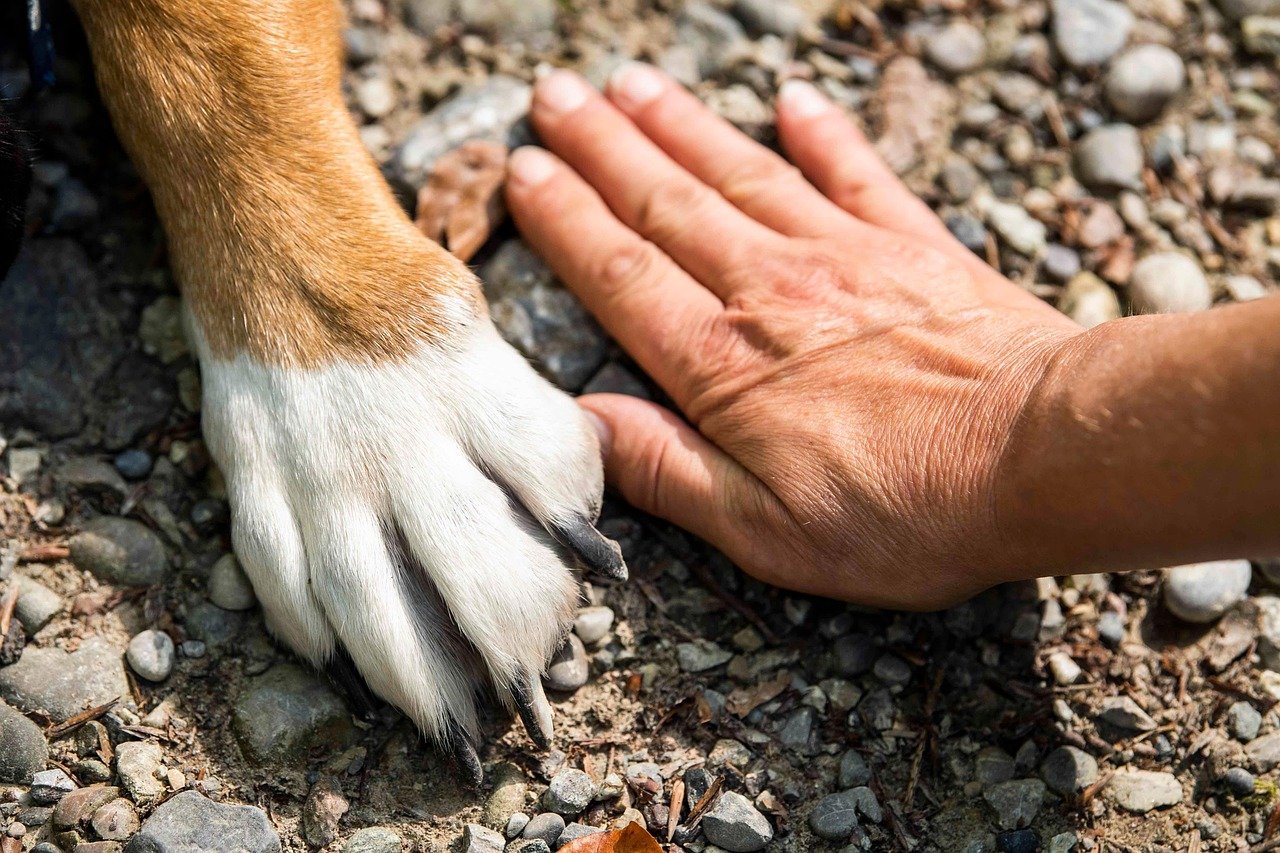
That adorable moment when your dog lifts one paw might look like they’re waving hello, but there’s usually more to it. Outside of pointing behavior context, a raised paw often indicates that a dog is uncertain about a situation or perhaps feels a bit insecure.
Picture this: you’re introducing your dog to a new person, and suddenly that front paw comes up. Your dog isn’t necessarily being friendly – they’re actually showing you they’re feeling unsure about the situation and need your guidance or reassurance.
Your dog might become suddenly very active and seek attention from you by jumping up, pawing at you, or even mouthing or mounting when they wouldn’t normally. This escalated pawing behavior often happens when dogs are stressed or anxious, and they’re desperately trying to communicate their discomfort to you.
Yawning When They’re Wide Awake

If your dog yawns repeatedly during a training session or vet visit, don’t assume they’re bored or tired. Dogs yawn when they’re stressed, and according to experts, dogs use yawning to calm themselves in tense situations and to calm others, including their owners.
Dogs may exhibit repetitive or exaggerated yawns when they are feeling stressed or uneasy in a particular situation. This behavior is their way of attempting to self-soothe and communicate their emotional state to others.
Think of it like this – when we’re nervous, we might take deep breaths or fidget with our hands. Your dog’s stress yawn is their version of trying to cope with overwhelming feelings. Frequent yawning is a sign of stress in dogs, and many times, you will see yawning accompanied by lip licking and panting.
The Lip-Licking Language
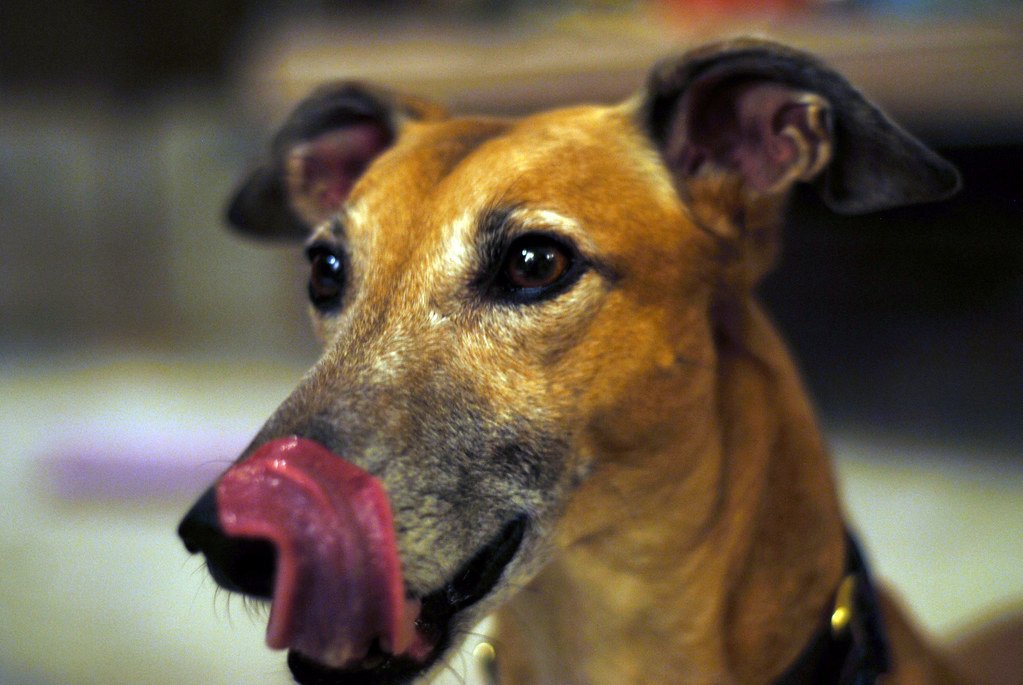
Lip-licking is another bit of dog body language that people often misinterpret. While we might think our dog is just being hungry or anticipating food, lip-licking is actually one of the most common stress signals dogs display.
If a dog licks his lips, we think he is hungry, but we may be missing a subtle dog communication sign of discomfort. Context is everything here – if your dog is licking their lips while you’re trying to clip their nails or when a stranger approaches, they’re likely feeling anxious.
Dogs may also drool and lick excessively when nervous. This isn’t the happy anticipation drooling you see before dinner time – it’s more frequent, subtle, and often accompanied by other stress signals like avoiding eye contact or trying to move away from the situation.
Excessive Panting Beyond Physical Exercise
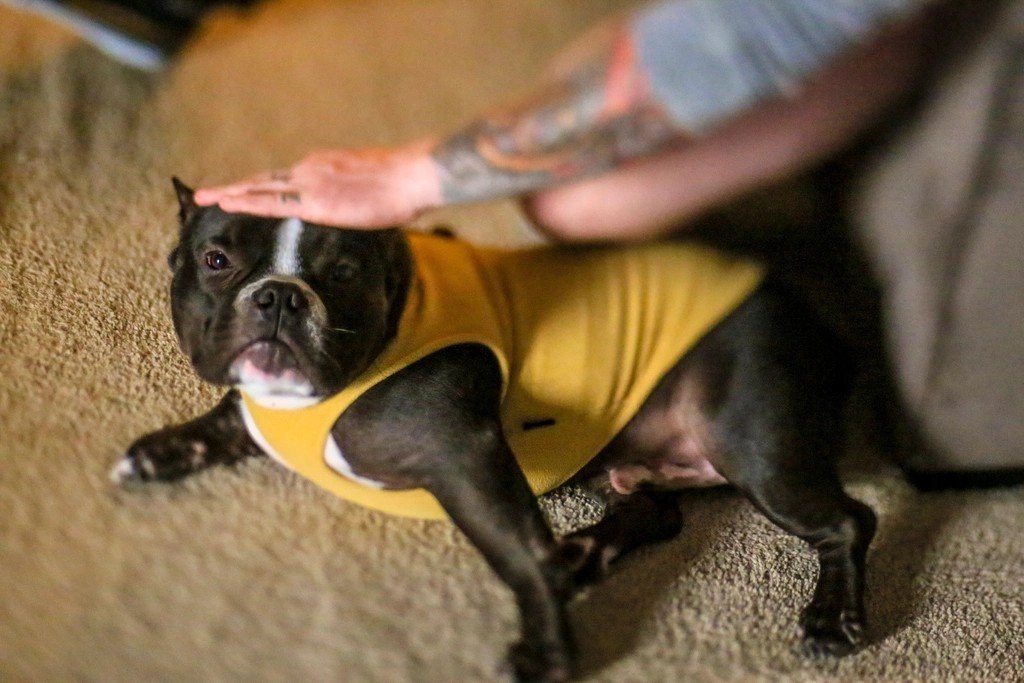
Sure, dogs pant to cool down after a good run, but dogs pant when hot, excited, or stressed. If your dog is panting even though they have not exercised, they may be experiencing stress. This type of stress panting looks different from exercise-induced panting too.
When dogs are in stressful situations, their heart rate increases, and they may pant excessively to cool themselves down. This type of panting is often more rapid and shallow compared to panting caused by physical exertion.
You might notice this stress panting during car rides, vet visits, or when there are fireworks outside. These may include respiratory changes, such as excessive panting, slow or shallow breathing, excessive drooling or shedding, trembling, or sweaty paws. Your dog’s body is responding to anxiety just like yours would – with physical symptoms that are hard to control.
The Power of Direct Eye Contact
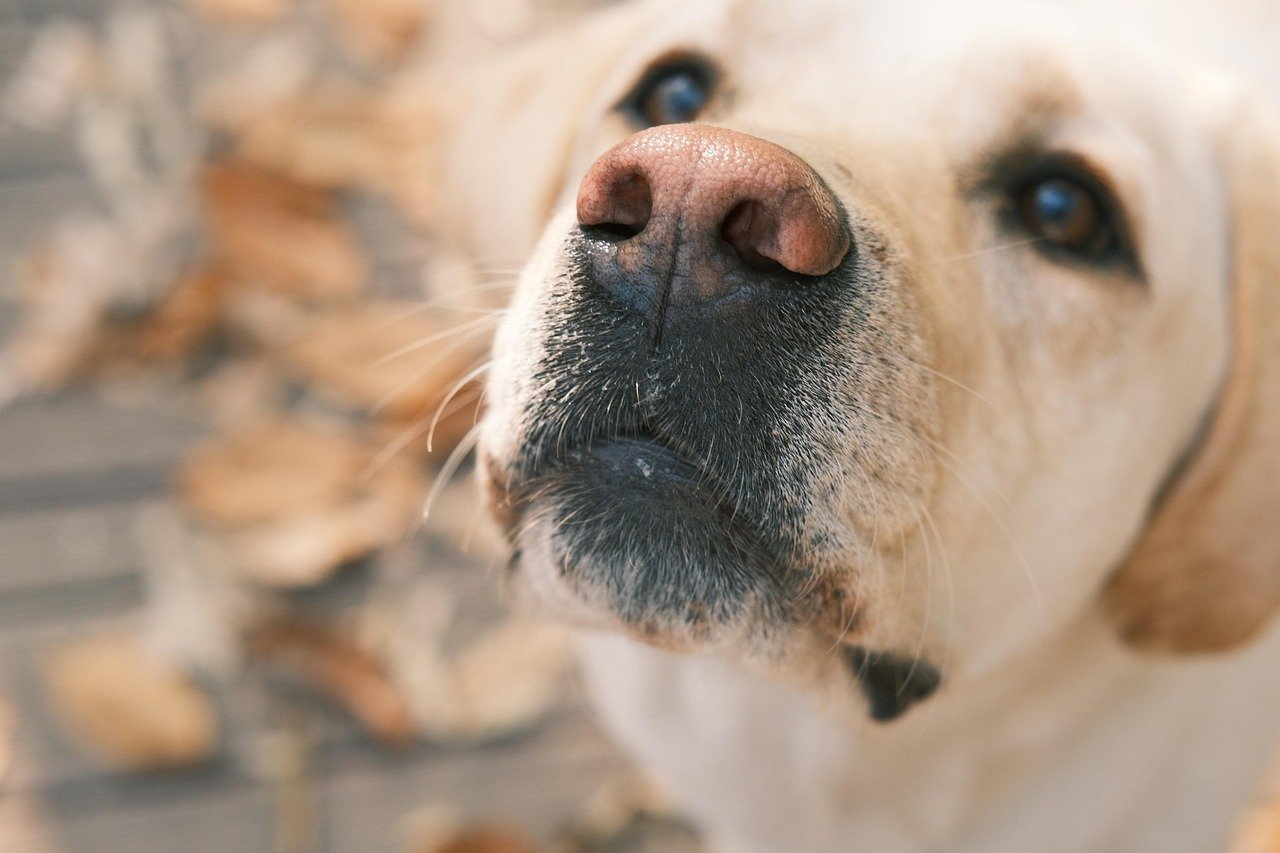
Dogs use eye contact very differently than humans do, and understanding this can transform your relationship with your furry friend. A direct stare communicates a threat, which is why the most subtle signal is the avoidance of direct eye contact (aversion of the eyes).
When your dog looks away from you during training or when they’re in trouble, they’re not being stubborn or ignoring you. They’re actually being polite in dog language, showing you they don’t want conflict and they’re feeling submissive or uncomfortable about the situation.
On the flip side, when your dog does make gentle eye contact with you – especially when paired with relaxed body language – they’re showing trust and connection. A relaxed dog usually has semi-erect or forward-facing ears, a soft mouth, and round eyes. This is your dog’s way of saying “I feel safe with you.”
Vocalizations That Go Beyond Basic Barks
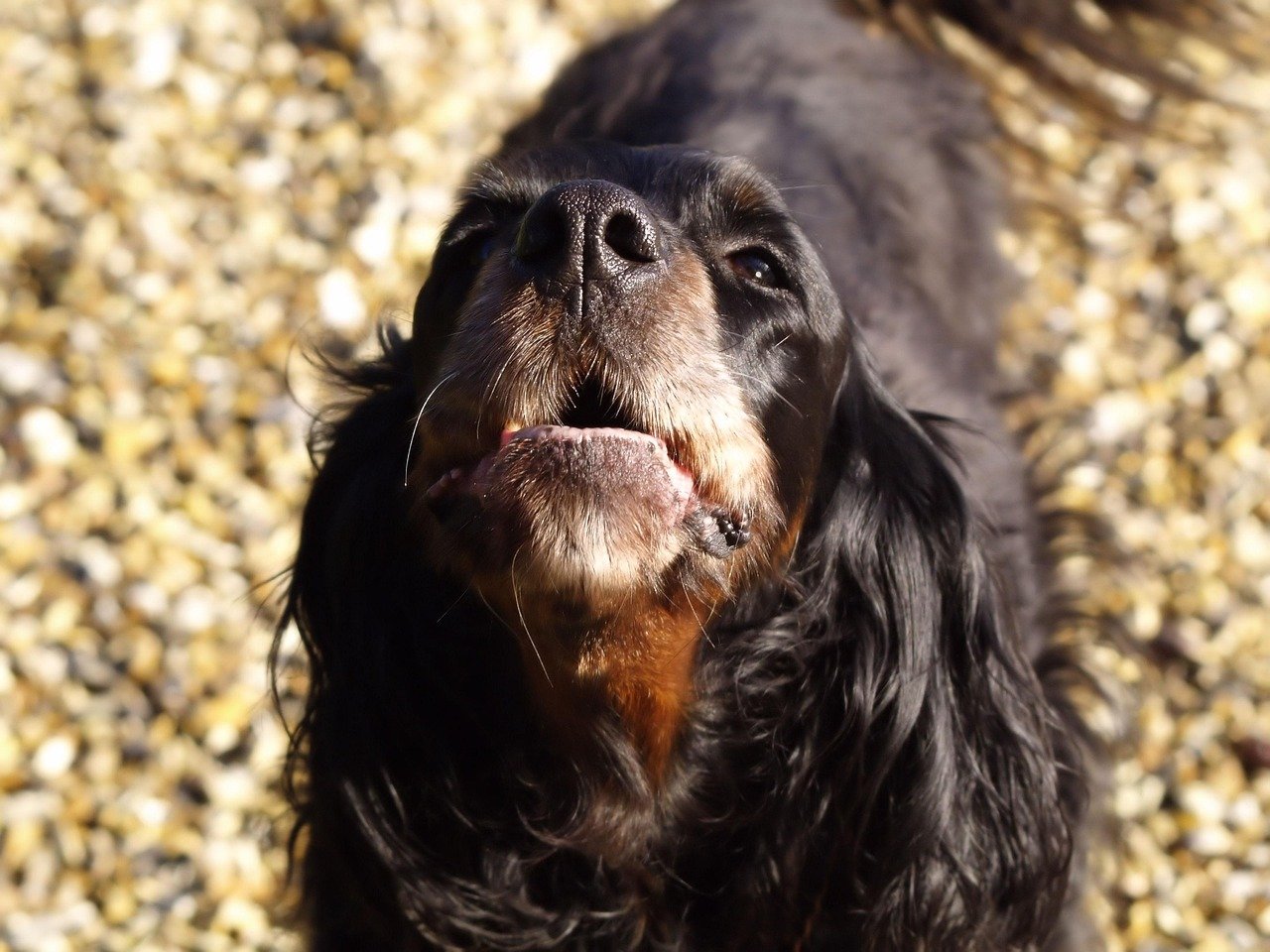
Your dog’s vocal repertoire is much more sophisticated than you might think. Many dogs have different barks that their people learn to differentiate over time. Once you’re used to your dog’s distinctive bark, it’s easier to understand what they mean.
High-pitched barks may be welcoming, while deep barks may be your dog issuing an alert. A bark accompanied by a wagging tail often spells joy, while a crouched, angry bark with hackles up can indicate your dog is feeling fear or aggression.
But what about whining? The high-pitched cry is often your dog’s way of expressing what they want or letting you know they’re unhappy. Dogs may whine when they’re scared (for example, during a thunderstorm), or if they have separation anxiety and are left alone. Dogs that are afraid or tense may whine or bark to get your attention, or to self-soothe.
Body Posture Tells the Complete Story

When reading a dog’s body language, it’s important to note that the dog’s entire body plays a role in signaling; for example, a wagging tail doesn’t necessarily mean that a dog is happy or relaxed, especially if the rest of their body is stiff. Your dog’s posture is like reading their mood in real-time.
Dogs normally bear weight evenly on all four legs. If a healthy dog with no orthopedic problems shifts their weight to the rear legs or cowers, they may be exhibiting stress. This weight shift is your dog’s way of preparing to retreat if necessary.
A stressed-out canine may stand in one place and lift a front paw or shift his weight away from whatever is scaring him. He may turn his head and body away, cower or lower his body and attempt to slink away. Your dog is literally trying to make themselves smaller and less threatening when they feel overwhelmed.
The Freeze That Demands Attention
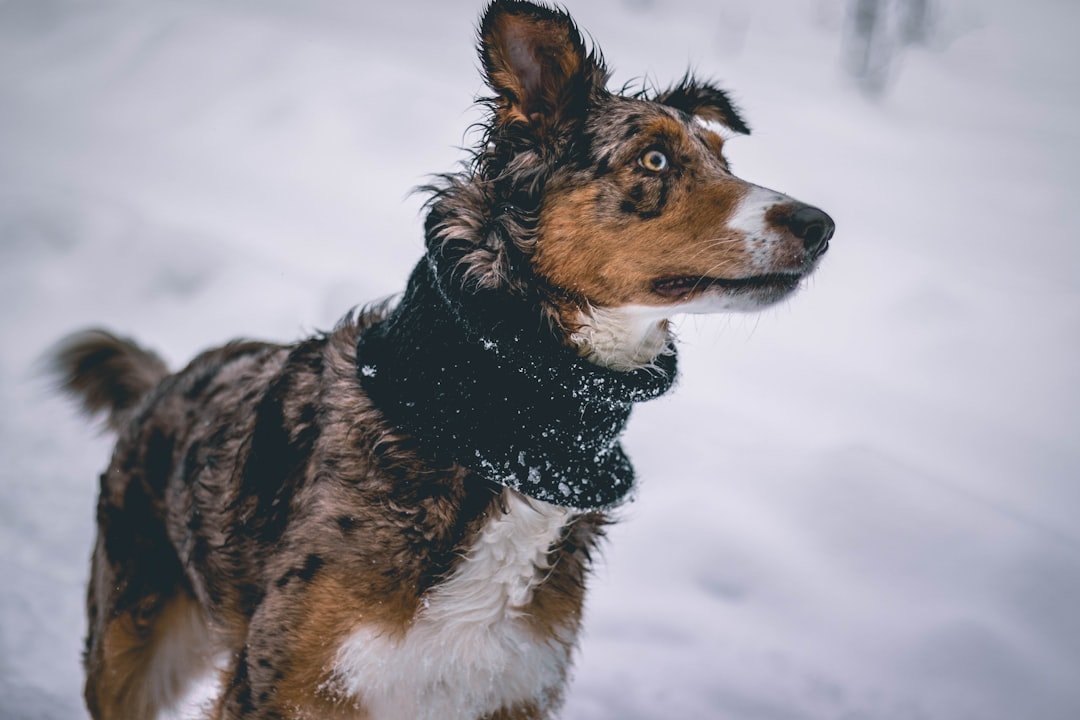
Sometimes the most important communication happens when your dog suddenly stops moving altogether. A dog freezes if they’re scared or guarding something, such as food or a toy, or if they feel cornered. This is a low-level warning sign on the ladder of dog aggression. Not respecting this warning can lead to escalation of growling, snapping, and potentially biting.
When your dog freezes, they’re essentially hitting the pause button on the situation. They’re communicating that they need a moment to assess what’s happening and decide how to respond. This isn’t the time to keep approaching or try to encourage them to move – it’s the time to give them space.
Some dogs “shut down” when fearful, like they’re frozen in place. They may refuse treats or food, avoid people approaching or touching them, or freeze when they’re cornered. This type of freezing is different from the guarding freeze – it’s a dog who feels so overwhelmed that they can’t process what to do next.
Understanding Your Dog’s Communication in Context
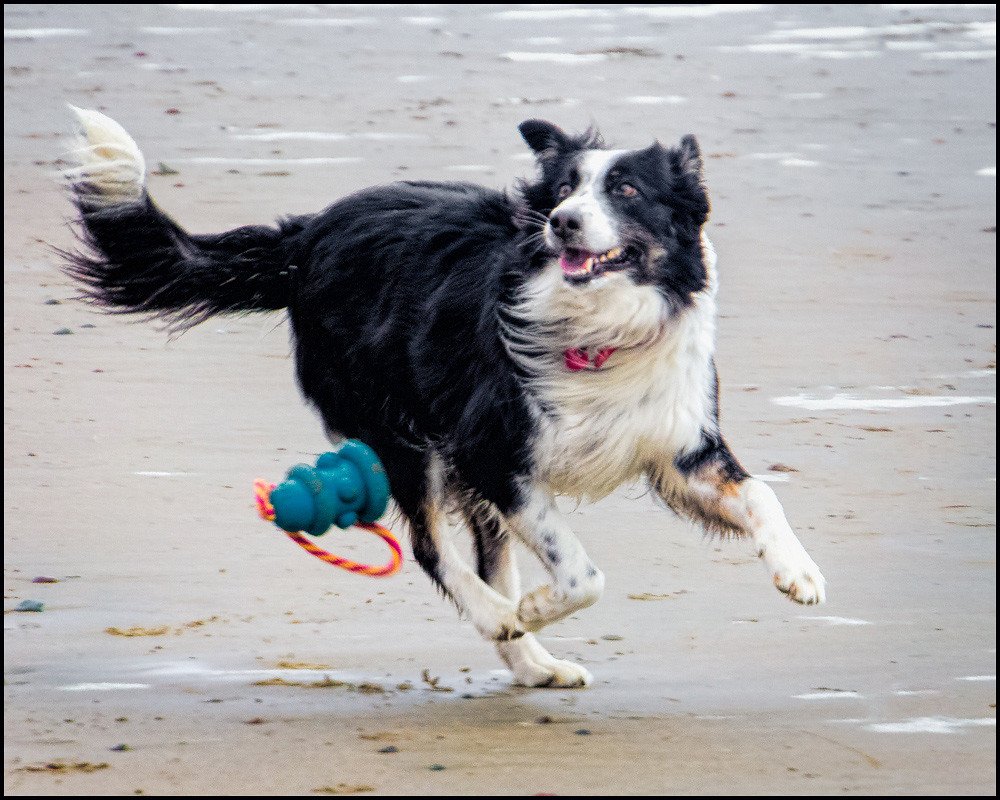
The most important thing to remember about dog communication is that no dog body language signals act alone. They are all part of a package. When you read a dog’s communication, look at every signal the dog is using from the tail height to the eye shape.
The key is to observe the dog’s body to catch all the subtle signs and consider the context to read the situation properly. The dog may display a mix of different signals, such as arousal and anxiety. The situation can also change quickly, just like our own emotional state.
Your dog might be excited to see another dog but then quickly shift to anxiety if that dog seems too overwhelming. Learning to read these transitions in real-time will help you advocate for your dog and keep them comfortable in various situations. Remember that every dog is unique, and spending time observing your specific dog’s patterns will make you fluent in their personal communication style.
Conclusion
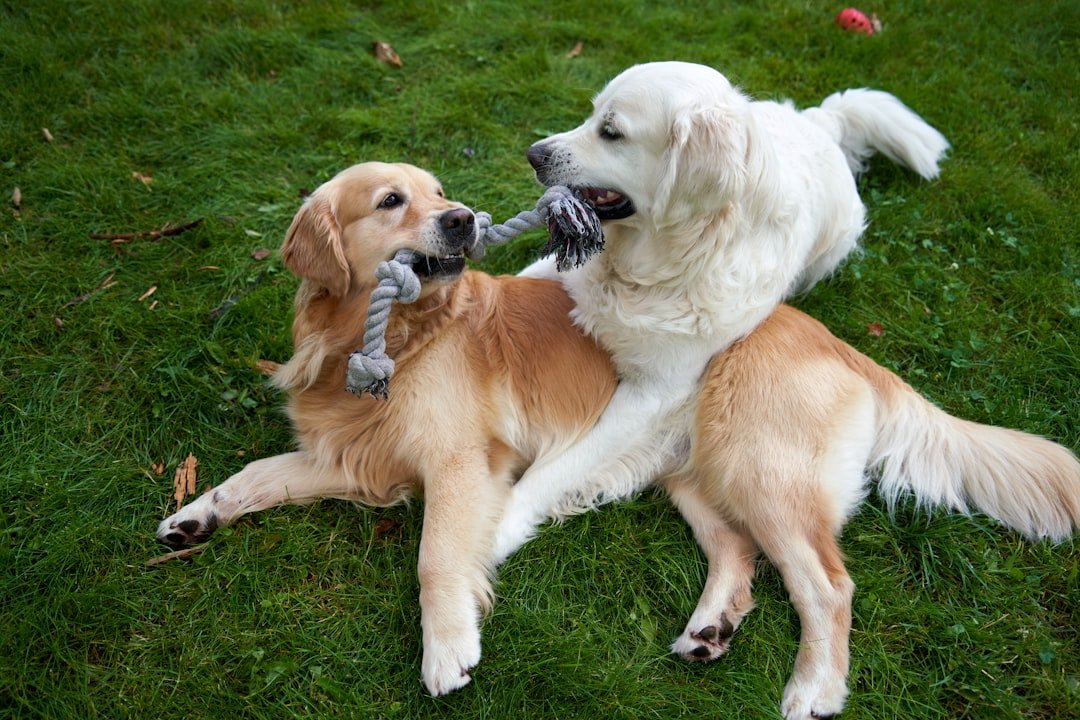
Your dog has been having conversations with you all along – you’re just now learning to speak their language. From the subtle lift of a paw to the intensity of their stare, every signal is your dog’s attempt to share their inner world with you. The beauty of understanding these communications lies not just in meeting their immediate needs, but in building a relationship based on trust, respect, and genuine understanding.
Remember, becoming fluent in your dog’s communication takes time and patience. Start by observing one or two signals that you’ve noticed in your own dog, and gradually expand your awareness from there. Your dog will appreciate your efforts to understand them, and you’ll likely discover that they’ve been trying to tell you so much more than you ever realized.
What have you been missing in your daily conversations with your furry friend?

Andrew Alpin from India is the Brand Manager of Doggo digest. Andrew is an experienced content specialist and social media manager with a passion for writing. His forte includes health and wellness, Travel, Animals, and Nature. A nature nomad, Andrew is obsessed with mountains and loves high-altitude trekking. He has been on several Himalayan treks in India including the Everest Base Camp in Nepal.





